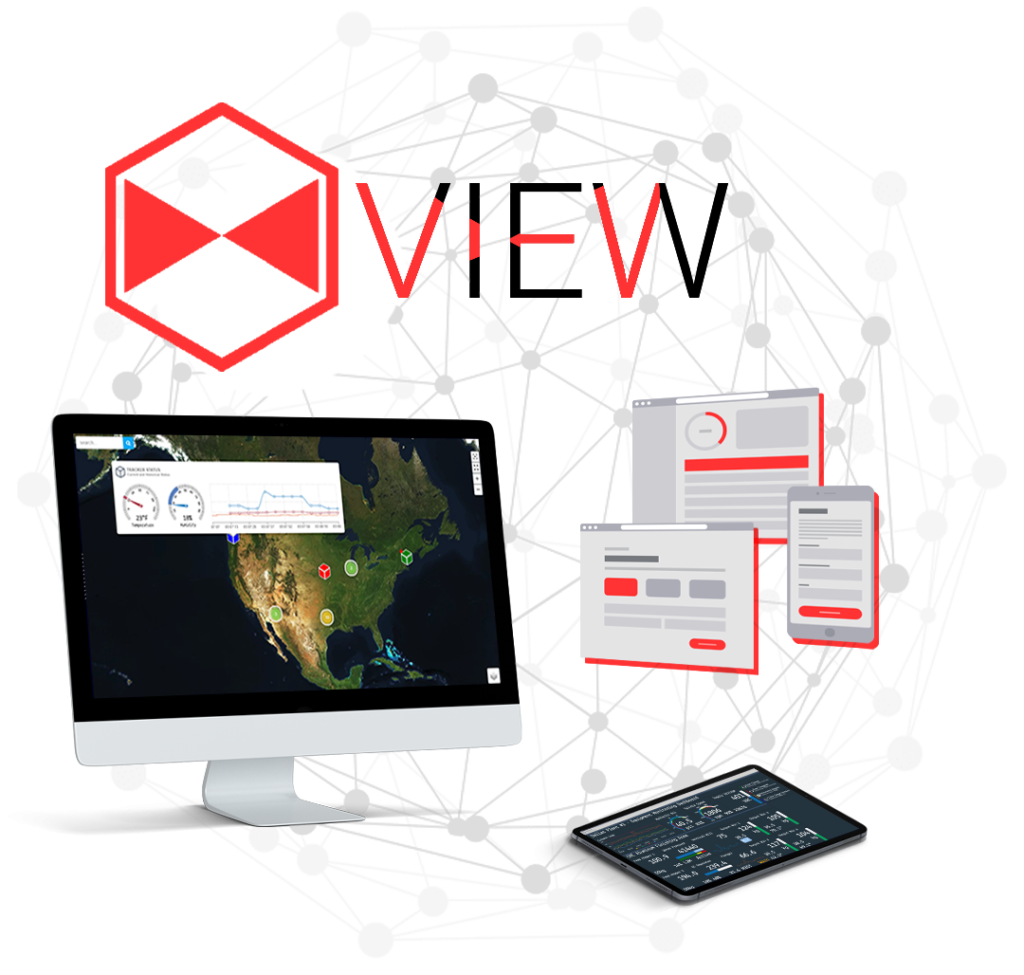

Prism View
Designing an interface with zero interference.
Prism View is the browser-facing part of Prism created to let our UI/UX designers do what they do best – design. The declarative, template-driven architecture of Prism just plain works, yet is still flexible enough to offer limitless customization – so your app looks and feels like it’s yours.
All the common functions are built-in. Things like user authentication, session management, and server communications. So our designers never have to write or edit a single line of code. Unless they’re into that sort of thing, of course. But instead, they’ll probably want to dive into the deep library of components and templates that Prism View offers.
Each one is able to be customized and combined to create a user interface that becomes less like a dashboard (although that’s easily done, too) and more like the interactive experience you want your app to be. In fact, its ability to go far beyond dashboards and create fully interactive applications is one of the things that really puts Prism View in a class by itself.
Prism View is an idea-to-installation tool, letting us start with an interactive wireframe and incrementally add functionality and customization – and take it away – until we get all our digital ducks perfectly in a row. In the end, you get a beautiful, bulletproof user experience, and future-proof applications that are immune to changes in browsers or operating system APIs.